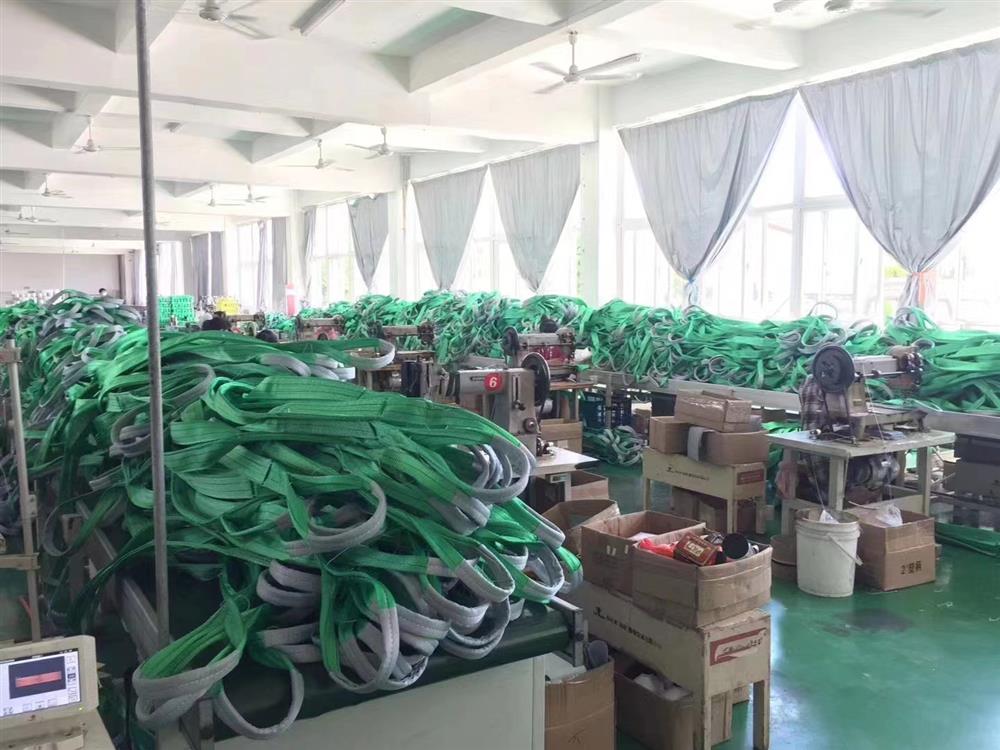When it comes to the intricate process of weaving, there are many factors at play that contribute to the final outcome of the fabric. However, one element stands out as the most vital in ensuring the success of the weaving process.
What is the most crucial factor in weaving?
The tension of the threads is the most crucial factor in the weaving process. The tension of the warp and weft threads determines the overall quality and appearance of the fabric being produced. If the tension is not consistent throughout the weaving process, it can result in uneven fabric, skipped threads, or even broken threads.
How does thread tension impact the weaving process?
Proper thread tension is essential for achieving a uniform weave and preventing weaving errors. When the tension is too loose, the fabric may have gaps or be too loose. On the other hand, if the tension is too tight, it can cause the threads to break or the fabric to pucker. Maintaining the correct tension ensures that the fabric is woven evenly and with the desired characteristics.
What are the consequences of improper thread tension?
Improper thread tension can lead to a variety of issues in the weaving process. These can include fabric defects, such as uneven selvages, draw-in, or bowing. Inconsistent tension can also affect the overall quality and appearance of the fabric, resulting in a less desirable end product.
Therefore, it is crucial for weavers to carefully monitor and adjust the tension of the threads throughout the weaving process to ensure a successful outcome. By paying close attention to this key element, weavers can produce high-quality fabrics that meet the desired specifications.

